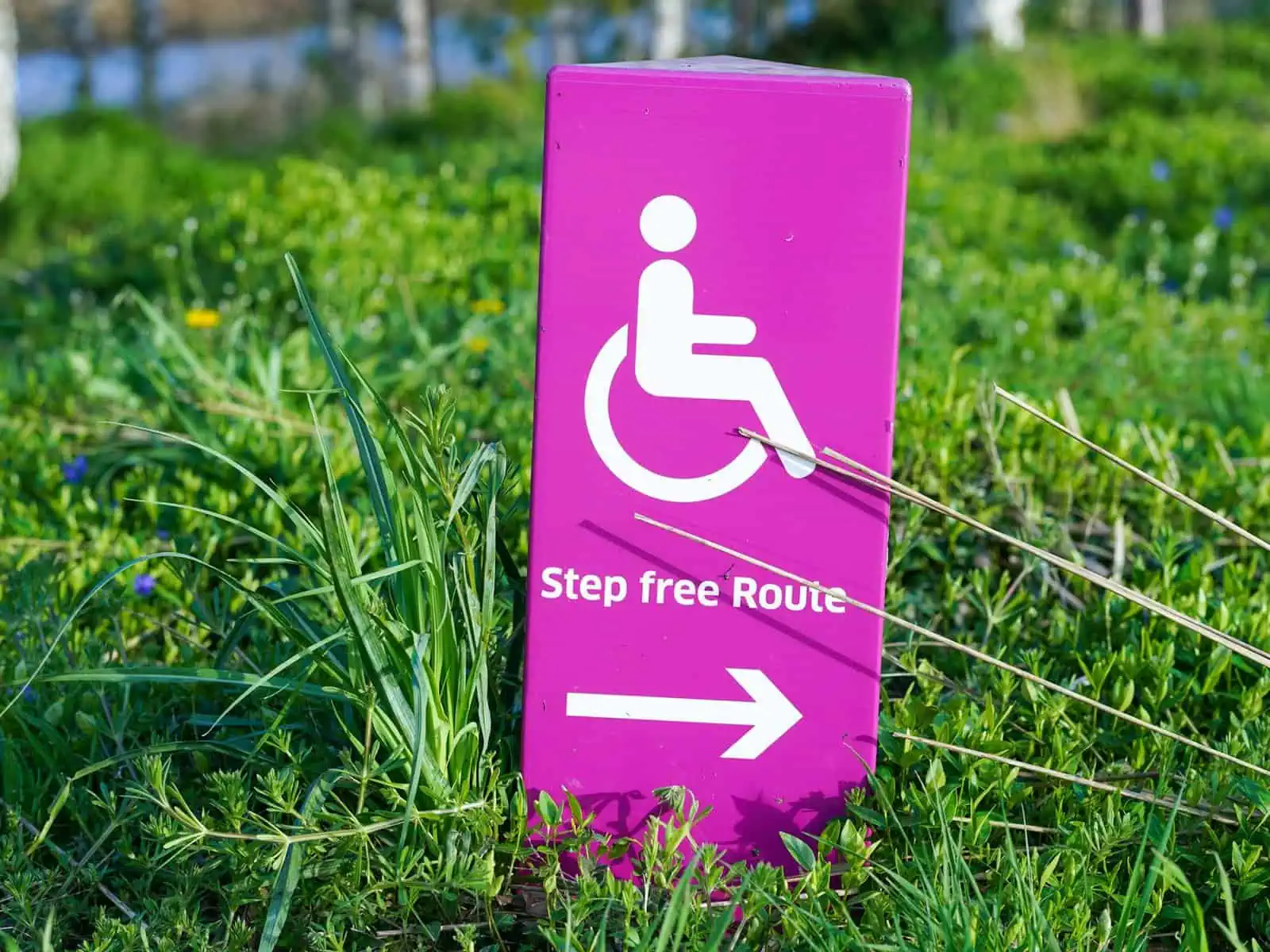Designing inclusive workspaces is not only about meeting accessibility standards, but also about recognising the diverse needs of individuals and fostering a culture where every team member feels valued and supported. For employees and visitors who use mobility aids such as scooters, thoughtful workplace adjustments can transform everyday experiences, helping them feel comfortable, confident and included.
Entrepreneurs and small business owners have a unique opportunity to lead by example in creating accessible environments. With some planning and practical solutions, it’s possible to make meaningful changes that support a more productive and equitable workplace.
Why Prioritising Accessibility Matters
Creating an accessible workplace offers advantages that go far beyond compliance. Businesses that support diverse needs are more likely to attract and retain skilled professionals who value an inclusive company culture. Ensuring employees with mobility challenges can easily navigate workspaces fosters a stronger sense of belonging, positively impacting morale and performance.
One of the first ways to improve access is by rethinking workspace layout. Removing unnecessary obstacles, widening walkways and adjusting furniture placement can immediately enhance ease of movement for people using assistive devices. These relatively minor alterations often result in improved flow for everyone, leading to more efficient operations.
Business owners seeking to make their premises more mobility-friendly can also benefit from feedback offered by those with lived experience
Speaking to staff or visitors who use assistive devices is one of the most effective ways to identify meaningful changes. For instance, organisations that speak directly with individuals who shop electric scooters for mobility support often discover specific needs that standard checklists overlook.
Practical Office Modifications That Make a Difference
Office entrances are often the first hurdle for individuals using mobility scooters. Adjustments such as installing ramps, widening doorways and using automatic door systems provide essential support. These enhancements ensure safe, independent entry and reduce the risk of barriers becoming exclusionary.
Once inside, the layout should allow unrestricted movement. Clear pathways, especially in busy areas like reception zones and corridors, create an accessible flow. Removing unnecessary furniture and ensuring cables are tucked away contributes to a more open and user-friendly space.
Equally important is the configuration of workstations. Adjustable desks, moveable chairs and height-appropriate storage all support greater independence. Providing flexibility helps employees tailor their work environment to their needs, improving comfort and efficiency throughout the day.
Parking, Charging and Facilities
Accessibility begins well before a person enters the building. Offering clearly marked parking spaces close to entrances is a key factor in providing equal access. Where possible, provide covered or sheltered areas for protection from adverse weather, particularly when transferring between a vehicle and a mobility scooter.
Charging points for mobility scooters should be located in convenient and safe areas. Ensuring these facilities are easily reached and protected from environmental exposure will support day-to-day use without adding complexity.
Budget-Friendly Accessibility Improvements
Improving workplace accessibility does not have to involve costly renovations. Many impactful adjustments can be achieved with minimal expenditure. Simple steps like repositioning desks, removing bulky storage units, or rearranging shared areas can instantly create more room for manoeuvrability.
Low-cost tools such as portable ramps or door wedges offer quick and effective fixes for everyday obstacles. Where workspace is shared or leased, collaborative efforts with building managers can uncover opportunities to enhance access without extensive investment.
Planning Accessibility in Phases
A phased approach helps spread the cost and effort of accessibility improvements over time. Prioritising the most commonly used areas, such as building entrances, bathrooms and meeting rooms, allows for immediate impact while developing longer-term plans.
This method signals your commitment to inclusivity, even if resources are limited. As changes take effect, ongoing assessments and feedback can guide future enhancements. Flexibility and open communication will ensure the best outcomes for everyone involved.
Leveraging Technology for Accessible Workspaces
Digital solutions and smart technologies can complement physical modifications. For example, video conferencing software with accessibility features allows employees with mobility challenges to participate fully, even when working remotely.
Height-adjustable desks and automated lighting or blinds are examples of how smart office features can make the environment more responsive to individual needs. These options offer practical value while reinforcing your commitment to inclusive design.
Incorporating digital signage and wayfinding tools helps employees and visitors confidently navigate unfamiliar buildings. These enhancements also support wider accessibility goals and create a more welcoming environment.
Designing with Mobility Scooter Requirements in Mind
Key design specifications must be followed to accommodate mobility scooters effectively. These include ensuring doorways and corridors offer ample space and clearly defining turning areas. Layouts should include at least 120cm of clear passage in hallways and a turning circle of approximately 150cm in open spaces.
Ramps should be gently inclined and well-surfaced for safety. Thoughtful placement of furniture, storage and communal equipment helps reduce congestion and supports smooth movement throughout the premises.
Building a Culture of Accessibility
Creating an inclusive culture goes hand in hand with physical design. Promoting awareness, offering training and maintaining open communication around mobility needs are essential for long-term success. Brief sessions or written resources explaining etiquette and respectful interactions can foster empathy and team cooperation.
Encouraging employees to speak up about their access needs builds trust and signals a willingness to listen and improve. For women-led businesses, this collaborative style often aligns well with existing values and leadership approaches.
Written policies that outline procedures for requesting adjustments and maintaining accessible shared spaces help reinforce consistency. With the right systems, businesses can ensure that access remains a continuous focus rather than a one-time initiative.
Making Accessibility a Business Strength
Prioritising mobility access within the workplace does more than meet regulations; it strengthens your business. When employees can work comfortably and confidently, productivity improves, and when customers and clients feel welcomed, satisfaction and loyalty increase.
These changes reflect well on your brand and open the door to a more diverse workforce and customer base. For entrepreneurs building inclusive and forward-thinking businesses, every accessible decision becomes a strategic advantage.
By taking practical steps, listening to those with lived experience and planning for continuous improvement, you can build a workplace that is accessible and empowering for everyone who walks through the door.

